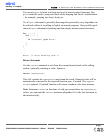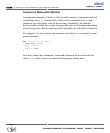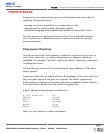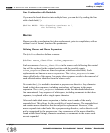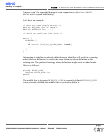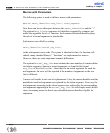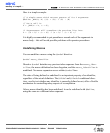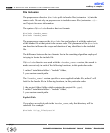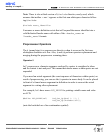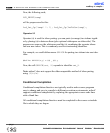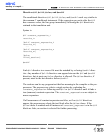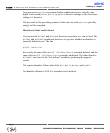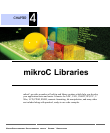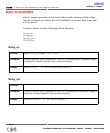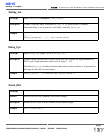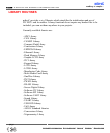
Note: There is also a third version of #include directive, rarely used, which
assumes that neither < nor " appears as the first non-whitespace character follow-
ing #include:
#include
macro_identifier
It assumes a macro definition exists that will expand the macro identifier into a
valid delimited header name with either of the <
header_name
> or
"
header_name
" formats.
Preprocessor Operators
The # (pound sign) is a preprocessor directive when it occurs as the first non-
whitespace character on a line. Also, # and ## perform operator replacement and
merging during the preprocessor scanning phase.
Operator #
In C preprocessor, character sequence enclosed by quotes is considered a token
and its content is not analyzed. This means that macro names within quotes are not
expanded.
If you need an actual argument (the exact sequence of characters within quotes) as
result of preprocessing, you can use the
# operator in macro body. It can be placed
in front of a formal macro argument in definition in order to convert the actual
argument to a string after replacement.
For example, let’s have macro
LCD_PRINT for printing variable name and value
on LCD:
#define LCD_PRINT(val) Lcd_Out_Cp(#val ": "); \
Lcd_Out_Cp(IntToStr(val));
(note the backslash as a line-continuation symbol)
MikroElektronika:
Development
tools
-
Books
-
Compilers
13 1
page
mikroC
- C Compiler for Microchip PIC microcontrollers
mikroC
making it simple...



